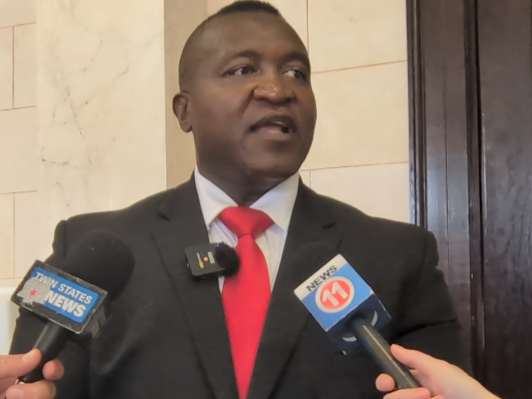Public pension issues likely to resurface
Published 6:00 am Monday, September 17, 2012
In great measure, the current public pension reform battles underway in California and Ohio are battles that have already been fought in Mississippi, but the pension war is likely to continue.
Trending
In Ohio, GOP Gov. John Kasich is expected to sign five bills adopted by the Ohio Legislature that will mean increased pension contributions down the line for teachers, cops and firefighters. The bills also raise retirement eligibility ages, set new guidelines for cost-of-living adjustments and establish a new formula to calculate benefits. Each of Ohio’s five retirement systems will undergo a unique combination of adjustments.
In California, Democratic Gov. Jerry Brown signed pension reform legislation this week that will likewise raise the retirement age and raise contributions rates plus cap retirement benefits.
In 2012, Alabama, Kansas, Louisiana, New York, South Carolina, Virginia and Wyoming all enacted substantial state pension system reforms. According to the National Conference of State Legislatures, six of the seven states that enacted major legislation in 2012 had already undertaken pension reform in the past three years. Since 2009, 45 states that have enacted pension reforms and some have taken up reform efforts more than once.
Mississippi has already undertaken state pension reform in recent years, but expect the issue to return unless there is a swift and dramatic turnaround in the national economy. But with an unfunded liability of more than $11 billion and an economy that still not growing, it’s virtually a certainty that lawmakers will at some point have to revisit the politically unpopular issue.
Founded in 1952, PERS originally provided full retirement benefits to state workers when they had reached full Social Security retirement age. PERS is a system of retirement plans covering all public employees including public school teachers, the state Highway Safety Patrol, municipal employees and state legislators.
Revenue for the PERS system comes from three primary sources – investment income, employer contributions (paid by the taxpayers) and employee contributions (deducted from the pay of state employees participating in the PERS plans).
Trending
Former Gov. Haley Barbour appointed a 12-member study commission to evaluate PERS and recommend improvements that would streamline its organization and funding mechanisms. That action came in the wake of 2010 changes to the system by the Legislature that saw employee contributions raised from 7.25 percent to 9 percent, retirement eligibility was increased from 25 to 30 years for individuals hired on or after July 1, 2011, and the overall benefit formula was reduced for individuals hired on or after July 1, 2011.
Pension reform is a growing national issue and Mississippi is not immune to the problems inherent in public pension systems. In 2011, state lawmakers backed away from the issue during an election year in which retirees and public employees politicized the issue. But it is unlikely that the issue won’t require legislative intervention as it has in some many other states.
As in Ohio and California, the partisan divide has little to do with the pension reform issue. Pension reform isn’t a political problem, it’s a math problem. The long recession with low rates of return on investments have combined with the rush of Baby Boomers to retirement age create a problems exacerbated in Mississippi by the fact that past legislatures raised state employee retirement benefits without providing a funding mechanism while simultaneously failing to set aside funds sufficient to meet future retiree health care benefits.
Sid Salter is a syndicated columnist. Contact him at 601-507-8004 or sidsalter@sidsalter.com.





